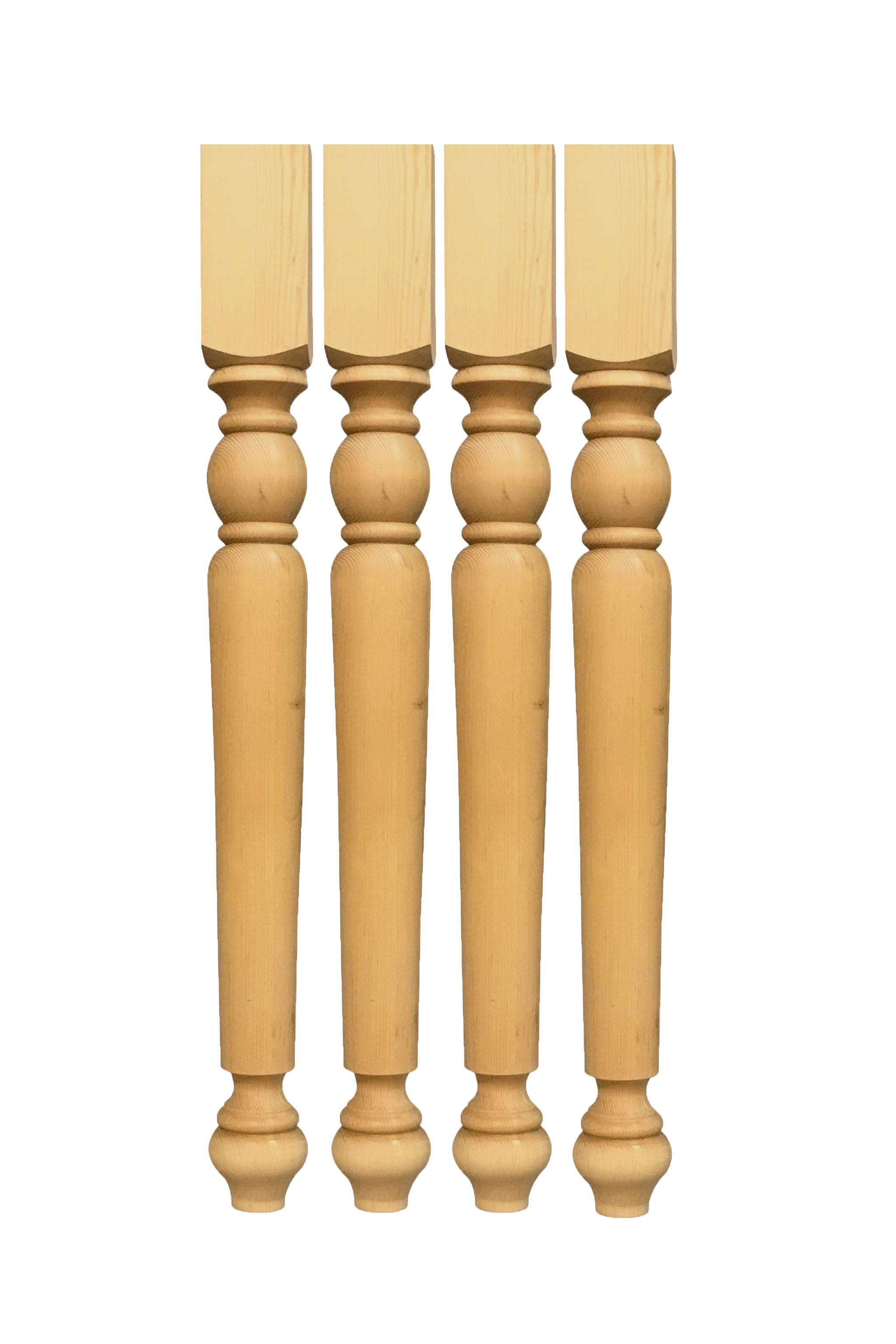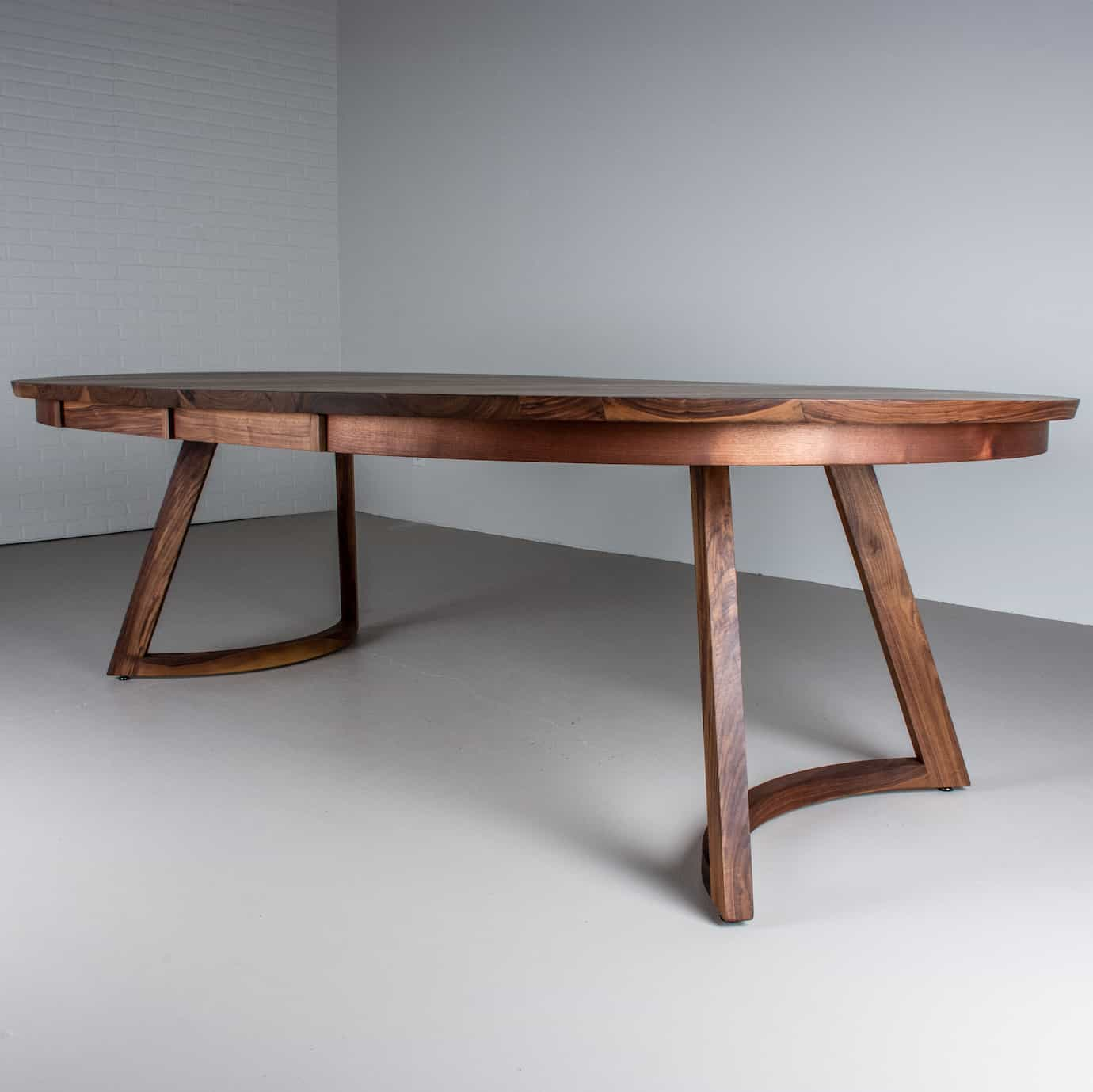Check Out Versatile Styles for Custom-made Dining Table Legs Wood Solutions
Check Out Versatile Styles for Custom-made Dining Table Legs Wood Solutions
Blog Article
Vital Factors To Consider for Selecting the Right Eating Table Legs Wood
Choosing the suitable wood for dining table legs includes a nuanced understanding of numerous factors that influence both functionality and visual allure. The option of wood type, varying from durable hardwoods to a lot more fragile softwoods, plays a crucial role in guaranteeing durability and security. Furthermore, considerations regarding maintenance, spending plan, and layout must be diligently evaluated. Each of these aspects can considerably impact the general experience of your eating space. Recognizing how these variables interrelate is necessary for making an informed decision that satisfies your particular needs and choices - Dining Table Legs Wood. What considerations will you prioritize in your selection procedure?
Importance of Wood Kind

Hardwoods, such as walnut, maple, and oak, are frequently liked for their strength and resistance to use. These kinds of wood offer a durable structure that can endure everyday use, making them perfect for dining tables that experience frequent celebrations. In comparison, softer timbers like pine may be much more susceptible to scratches and damages, which may not be suitable for high-traffic locations.
Additionally, the choice of timber can also influence the convenience of upkeep. Some woods require regular oiling or sealing to maintain their look, while others may be a lot more forgiving. Inevitably, choosing the appropriate timber kind entails stabilizing visual considerations with functional requirements, guaranteeing that the table legs not just look appealing however likewise stand the test of time.
Assessing Security and Toughness
When reviewing eating table legs, one must take into consideration the stability and stamina they provide to the general framework. The legs are important in supporting the tabletop and making sure the eating experience is secure and delightful. A stable table is necessary for avoiding tipping or tottering, which can cause spills or crashes during dishes.
The choice of timber kind dramatically impacts stamina. Woods such as walnut, oak, and maple are usually extra durable and durable than softwoods like want or fir. Additionally, the thickness and design of the legs play an important role; thicker legs or those with a tapered design can supply much better support and security.

Aesthetic Considerations
While capability is paramount, the visual charm of dining table legs can not be neglected, as they dramatically influence the total style and setting of the eating area. The selection of timber, coating, and design can detract or boost from the table's visual impact.

Finishes also play a crucial role in appearances. An all-natural coating can highlight the wood's innate elegance, while painted or stained legs can present shade and individuality into the space. Moreover, the proportion and scale of the my response legs about the table top and bordering furnishings must be considered to guarantee visual balance and cohesion.
Eventually, the eating table legs ought to not just offer a useful objective yet likewise add to a natural and welcoming environment, making them a crucial factor to consider in the overall style of the eating area.
Maintenance Needs
To ensure long life and protect the appeal of wood table legs, routine upkeep is necessary (Dining Table Legs Wood). Timber is an all-natural product that can be vulnerable to damage from moisture, warmth, and use. Establishing a routine care plan will significantly improve the resilience of your eating table legs.
Begin with regular dusting utilizing a soft, lint-free fabric to eliminate dirt and debris that can damage the surface. For even more extensive cleansing, use a moderate soap remedy and damp towel, avoiding excess moisture that might permeate right into the timber. It is suggested to apply a top quality wood polish or conditioner every few months to nourish the wood and keep its appeal.
Deal with any damages or scratches immediately with ideal timber filler or touch-up pens to protect against additional wear and tear. By sticking to these upkeep demands, you will not only maintain the visual appeal of your wooden dining table legs however additionally expand their practical life-span.
Spending Plan and Cost Factors
Spending plan and expense elements often play a vital duty in the decision-making process for selecting wood eating table legs. When examining options, it is necessary to develop a clear budget that aligns with your overall furnishings investment. The cost of wooden table legs can vary dramatically based on the sort of workmanship, wood, and design intricacy.
Hardwoods such as walnut, cherry, and oak typically command greater rates because of their longevity and aesthetic allure. On the other hand, softer timbers like pine might be much more inexpensive but might not supply the same long life. Additionally, personalized or artisan-crafted legs can sustain extra costs, showing the ability and time bought their development.
It is also important to think about the potential lasting value of your investment. While going with lower-cost products could seem monetarily prudent originally, they may need even more constant replacement or repair services, ultimately increasing overall expense.
Therefore, balancing high quality and cost is vital. Focus on products that meet your aesthetic choices while ensuring they fit easily within your spending plan, permitting you to develop an eating area that is both practical and visually appealing.
Verdict
In conclusion, selecting the suitable wood for dining table legs requires cautious factor to consider of different elements, including timber type, security, visual appeals, upkeep, and budget. Hardwoods such as oak and walnut provide exceptional resilience and toughness, while layout and thickness contribute to overall security. Aesthetic charm and upkeep needs need to align with individual choices and lifestyle. Inevitably, an educated decision will improve the longevity and aesthetic charm great post to read of the eating table, guaranteeing complete satisfaction and performance for several years to find.
Picking the appropriate kind of wood for dining table legs is important for both visual appeal and structural stability. Inevitably, selecting the suitable wood kind includes balancing aesthetic considerations with sensible demands, guaranteeing that the eating table legs not just look attractive yet also stand the examination of time.
It is advisable to apply a high-grade wood gloss or conditioner every few months to nourish the timber and keep its gloss.
The cost of wooden eating table legs can differ substantially based on the type of wood, workmanship, and design complexity.
In conclusion, choosing the proper wood for dining table legs necessitates careful consideration of numerous aspects, including wood type, security, aesthetics, upkeep, and spending plan.
Report this page